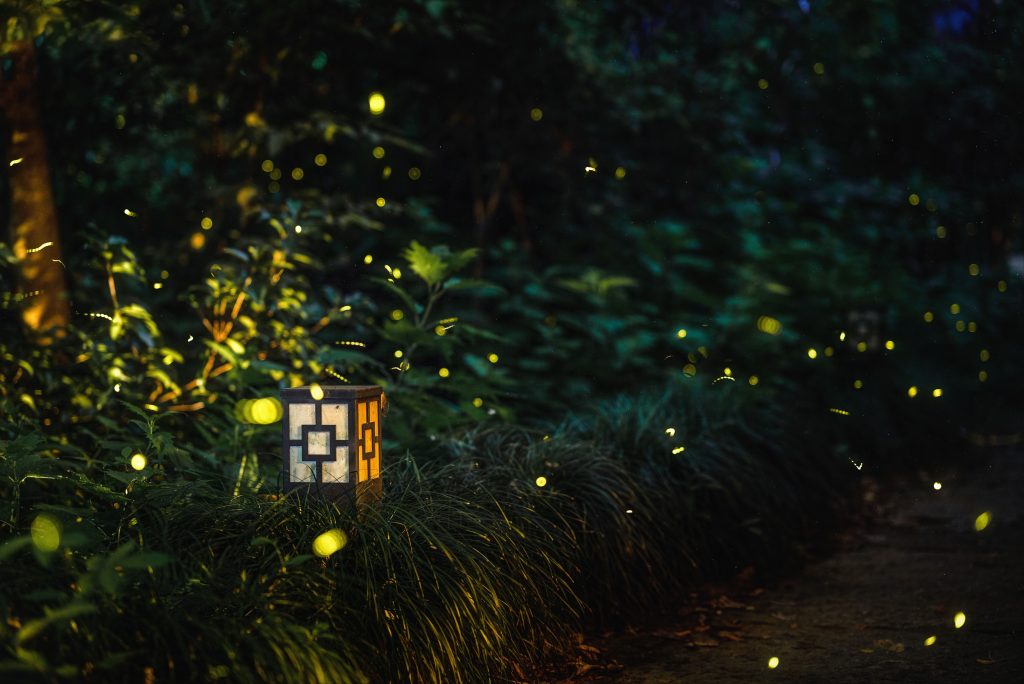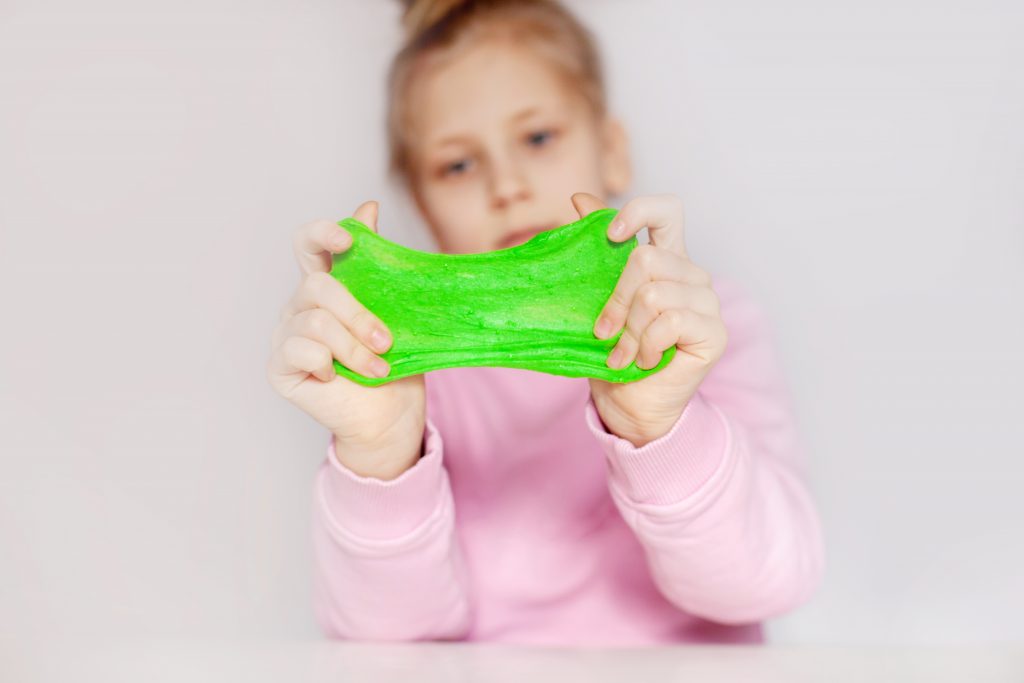In a world increasingly driven by science, technology, engineering, and mathematics (STEM), nurturing a passion for these disciplines in children is paramount. From coding to robotics, the possibilities are boundless, offering not only foundational knowledge but also fostering critical thinking, problem-solving skills, and creativity. As educators and parents, we hold the key to unlocking the wonders of STEM for the next generation. Delve into a plethora of engaging STEM activities for kids designed to ignite curiosity, inspire innovation, and cultivate a lifelong love for learning.
Table of Contents [CLICK HERE TO OPEN]
STEM Activities For Kids
Build a Marshmallow Tower
Challenge kids to build the tallest tower they can using only marshmallows and toothpicks. This activity promotes engineering skills, spatial reasoning, and teamwork as they design and construct their structures.
DIY Solar Oven
Create a solar oven using a pizza box, aluminum foil, plastic wrap, and black construction paper. Kids can harness the power of the sun to cook s’mores or melt chocolate, learning about solar energy and renewable resources in the process.
Paper Airplane Challenge
Host a paper airplane challenge where kids design and test different paper airplane models. Encourage them to experiment with wing shape, size, and weight distribution to optimize flight performance. This activity introduces aerodynamics and the scientific method.

Coding with Botanical Art
Integrate coding and art by programming a drawing robot to create botanical-inspired artwork. Kids can learn basic coding concepts while exploring the intersection of technology and creativity.
Water Filtration Experiment
Investigate water filtration techniques by building homemade water filters using materials like sand, gravel, and activated charcoal. Kids can test the effectiveness of their filters by purifying contaminated water, learning about environmental science and sustainability.
DIY Rocket Launch
Construct simple rockets using film canisters, Alka-Seltzer tablets, and water. Kids can experiment with different ratios of water and tablets to achieve varying launch heights, exploring chemical reactions and Newton’s laws of motion.
Geometry Scavenger Hunt
Organize a geometry scavenger hunt where kids search for shapes and patterns in their surroundings. Provide them with a list of geometric shapes to find, such as circles, squares, and triangles. This activity reinforces mathematical concepts while encouraging observation skills.
Create a Miniature Ecosystem
Build a miniature ecosystem in a jar using soil, rocks, plants, and small organisms like earthworms or pill bugs. Kids can observe how the components interact and cycle nutrients, learning about biology, ecology, and environmental science.

Kitchen Chemistry
Conduct simple chemistry experiments using household ingredients like vinegar, baking soda, and food coloring. Kids can explore chemical reactions, pH levels, and states of matter while creating fizzing eruptions, colorful explosions, and edible concoctions.
DIY Crystal Growing
Grow crystals at home using common household materials like borax, sugar, or salt. Kids can observe crystal formation over several days, learning about the principles of crystallography and the process of nucleation.
Electromagnetic Train
Build a simple electromagnetic train using magnets, batteries, and copper wire. Kids can explore the relationship between electricity and magnetism while constructing and experimenting with their miniature trains.
DIY Volcano Eruption
Create a volcanic eruption model using baking soda, vinegar, and a container. Kids can observe the chemical reaction between the baking soda and vinegar, mimicking the explosive release of gases in a real volcanic eruption.
Exploring Bioluminescence
Investigate bioluminescence by exploring organisms like glow-in-the-dark algae or fireflies. Kids can learn about the biological mechanisms behind bioluminescence and its ecological significance.

DIY Wind Turbine
Construct a small wind turbine using simple materials like cardboard, straws, and a small motor. Kids can experiment with blade design and wind speed to generate electricity and understand the principles of renewable energy.
Math Art: Fibonacci Spirals
Explore the Fibonacci sequence and spiral patterns in nature by creating artwork inspired by Fibonacci spirals. Kids can use art supplies like markers, colored pencils, or paint to illustrate the mathematical concept visually.
Robotic Hand
Build a robotic hand using cardboard, straws, and string. Kids can learn about the mechanics of the human hand and robotics as they design and manipulate their prosthetic hand models.
DIY Microscope
Create a simple microscope using a smartphone camera lens and a cardboard tube. Kids can observe microscopic objects like plant cells or insect parts, gaining insight into microscopy and biological structures.
Math Puzzles and Brain Teasers
Challenge kids with math puzzles and brain teasers that require critical thinking and problem-solving skills. Activities like Sudoku, tangrams, and logic puzzles enhance mathematical reasoning and mental agility.

DIY Weather Station
Build a weather station using everyday materials like thermometers, rain gauges, and wind vanes. Kids can track and record weather data over time, learning about meteorology and climate science.
DIY Balloon-Powered Car
Design and build a balloon-powered car using materials like straws, balloons, and wheels. Kids can experiment with different designs to maximize speed and distance, learning about propulsion and aerodynamics.
Seed Germination Experiment
Conduct a seed germination experiment to observe the factors that affect plant growth. Kids can plant seeds in various conditions, such as light versus dark or wet versus dry, and monitor their growth over time.
DIY Musical Instruments
Make musical instruments using household items like rubber bands, empty containers, and cardboard tubes. Kids can explore the science of sound and vibration while creating and playing their homemade instruments.
Explore Constellations
Learn about constellations by stargazing and identifying prominent star patterns in the night sky. Kids can use stargazing apps or star charts to locate constellations and understand their cultural significance.

Recycled Art Sculptures
Create art sculptures using recycled materials like cardboard, plastic bottles, and newspaper. Kids can explore concepts of sustainability and environmental conservation while expressing their creativity through art.
DIY Electromagnet
Build an electromagnet using a battery, wire, and iron nail. Kids can experiment with the number of wire coils and battery voltage to vary the strength of the electromagnet, learning about magnetism and electrical circuits.
Edible DNA Model
Construct a DNA model using candy or edible materials like licorice and marshmallows. Kids can learn about the structure of DNA molecules and the genetic code while assembling and eating their delicious models.
Explore Surface Tension
Investigate surface tension by conducting experiments with water and common household items like soap, oil, and paper clips. Kids can observe surface tension phenomena and learn about the cohesive forces that hold liquids together.
DIY Simple Circuits
Build simple electrical circuits using batteries, wires, and light bulbs or LEDs. Kids can explore circuit components and learn about conductivity, resistance, and the flow of electricity in a hands-on way.
Animal Behavior Observation
Observe and document animal behavior in their natural habitats, such as birds feeding or ants carrying food. Kids can develop observation skills and learn about animal communication, social structures, and adaptation.
DIY Slime Science
Create slime using simple ingredients like glue, borax, and water. Kids can experiment with different ratios and additives to customize the texture and properties of their slime. This activity introduces concepts of polymer chemistry and non-Newtonian fluids while providing a fun and sensory experience.

Frequently Asked Questions
What is a STEM activity for children?
A STEM activity for children is an educational experience that integrates concepts from science, technology, engineering, and mathematics. These activities are designed to promote critical thinking, problem-solving, and creativity in young learners.
What is an example of a STEM activity?
An example of a STEM activity is building a marshmallow tower using only marshmallows and toothpicks. This activity encourages children to apply engineering principles while fostering teamwork, spatial reasoning, and experimentation.
What is STEM game for kids?
A STEM game for kids is a fun and interactive activity that incorporates elements of science, technology, engineering, and mathematics. These games often involve problem-solving challenges, coding puzzles, or experiments designed to teach STEM concepts in an engaging way.
How do you plan STEM activities?
To plan STEM activities, start by identifying a specific STEM concept or topic you want to explore. Then, choose hands-on experiments, projects, or games that align with that concept and cater to the age and interests of the children. Consider incorporating inquiry-based learning, collaboration, and real-world applications to enhance engagement and learning outcomes. Finally, gather materials, set clear objectives, and provide opportunities for reflection and discussion to maximize the impact of the activities.
By engaging in hands-on experiments, creative projects, and interactive games, children not only develop essential skills for the future but also cultivate a passion for lifelong learning. Whether it’s building a marshmallow tower, coding a robot, or conducting a simple science experiment, every STEM activity sparks curiosity, fosters critical thinking, and ignites the imagination.







